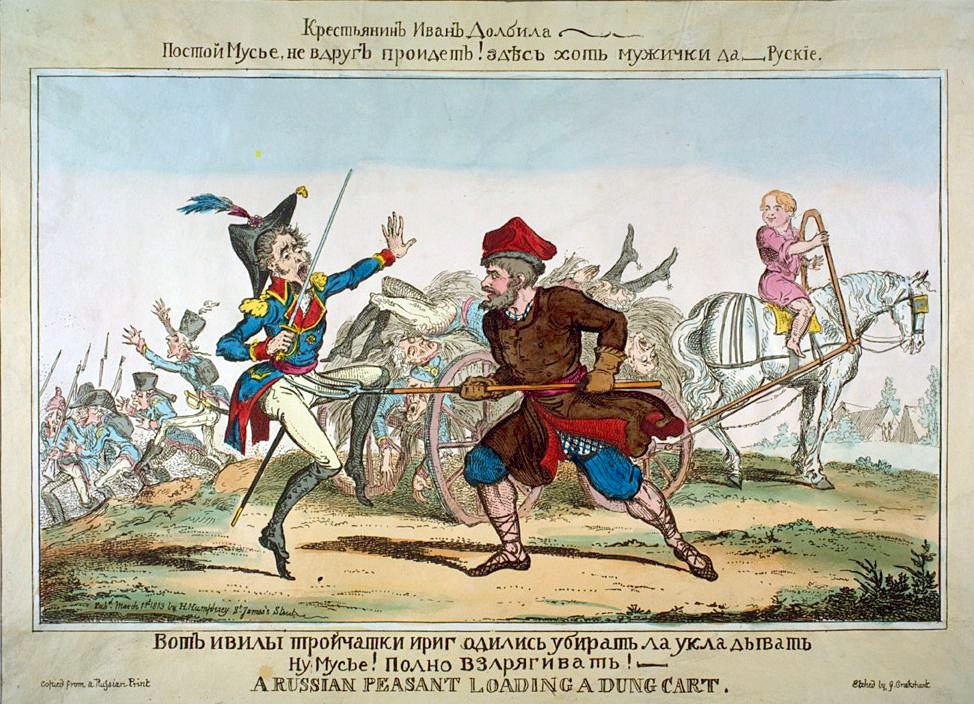In this article, George Broad introduces us to three of the main people involved in the Risorgimento, the process of Italian Unification that led to the formation of the Italy that we know today.
“Freedom, equality and brotherhood of the people” – sound familiar? To those who know their European revolutions it will be ringing some rather large bells in the form of the French Republic’s tagline of “freedom, equality, fraternity.”
As the scent and spirit of revolution drifted through Europe in the late 18th through to the early 19th century, Italy greeted it with open arms. The states of modern day Italy were itching to break away from the bonds of foreign rule. So, inspired by the French Revolution and the Napoleonic Wars, the people of Italy sought to set in motion a process of revolution and unification to bring into being the Italy we know today.
The Risorgimento (literally translating to resurgence or rising again) took place during 19th century. The term Risorgimento is the one given to cover the period of the uprisings, revolts and warring of the people of Italy in their struggle to make their nation independent. Its exact start date is much disputed as many revolts had been occurring sporadically throughout Italy for many years. One thing we do know for sure is that without a certain few individuals, the Risorgimento could have taken a very different turn…
Giuseppe Mazzini
Giuseppe Mazzini (1805-1872) was a politician and journalist, and it was he who coined the aforementioned title slogan of the Risorgimento.
Giuseppe Mazzini
Mazzini’s mother, who held solid republican and democratic ideals, was in part responsible for gearing her son toward his political future; however it was during his time at law school in Genoa that Mazzini developed a strong interest in politics and became more aware of the stirrings of the people and their movements toward Italian nationalism.
Mazzini was a member of the Carbonari – a revolutionary society with strong nationalistic leanings; however he felt that their aims were too unclear and lacklustre to bring about any real change. As a result, he created the group “Young Italy,” made up of young men who sought Italian Unification in a more effective and real sense. The group believed that through organised uprisings, the rule of Italy could be changed and that Austrian governance could be ousted. It was uprisings and revolts such as this which were vital to the success of the Risorgimento.
Camillo Cavour
Camillo Cavour (1810-1861) was a statesman and renowned diplomat. He was an advisor to the King of Sardinia, and as a result was able to raise the profile of Italy’s desire to unify throughout Europe, especially because Sardinia was a very important part of the fragmented Italy.
Camillo Cavour
Unlike Mazzini, Cavour wanted unification in a monarchical form as opposed to a Republican one, and it was under the rule of the king of Savoy that the unification was announced.
Cavour founded and wrote in a newspaper called “Il Risorgimento” in which he talked of constitutional reforms and anticipated the changes which Italy was beginning to go through on its way to becoming an independent nation. Some of his articles were very controversial, and one even caused a war a few days after it was released!
Cavour’s careful planning, the military help of Giuseppe Garibaldi in the South of Italy, and uprisings inspired by Mazzini, would ultimately lead to the eventual unification of all of Italy.
Giuseppe Garibaldi
Giuseppe Garibaldi
Giuseppe Garibaldi (1807-1882) won the majority of the military victories that came about as a result of the Risorgimento.
Garibaldi was formerly a sailor and had experience in combat prior to his victories in the Unification. He quickly became involved with Mazzini’s Young Italy movement, becoming very closely influenced by Mazzini himself, and although he had a history of exile, he was eventually returned to Italy under the command of Cavour in order for him to lead a war against Austrian forces.
Garibaldi’s actions were influenced by the guerrilla wars occurring in Uruguay around the same time, and in a nod to the soldiers there, Garibaldi’s men took up wearing similarly styled red clothing. This led them to be known as the Redshirts. The men in Garibaldi’s army were also all volunteers.
Without the three men above, the Risorgimento may not have ever happened, and without the creation of the Italy we know today, the history and geography of Europe as we know it would be vastly different.
In the modern age, Italy is separated into regions – five of which are autonomous and have the power of self-governance. However, as in many European countries, there are still areas and regions that wish to become more (or completely) independent - a fine example is that of Venice wanting to split from Rome, an issue that has recently stepped back into the spotlight.
Countries are always changing, but we must never forget the truly momentous changes of the Risorgimento. Its effects and legacy were to be heard around the world, influencing politics, culture, and history both at the time and today.
This article is provided by Georgie Broad.
You can also read longer history articles with interactive content in our magazine, History is Now, available for iPad and iPhone (and Android imminently!). Read more about it here.
Bibliography
- Hearder, H, Italy: A Short History, Cambridge University Press, 1990, pp153-187
- Banti, A.M, Il Risorgimento Italiano, Laterza&Figli, ed. 2005
- Evans, M, The Italian Unification, All About History, Imagine Publishing, Issue 10, pp36-37





















